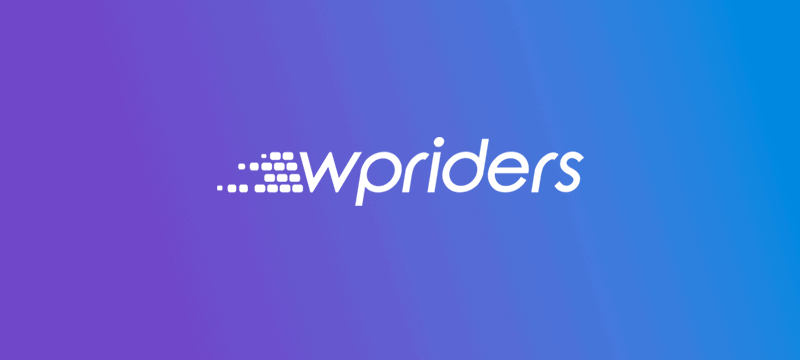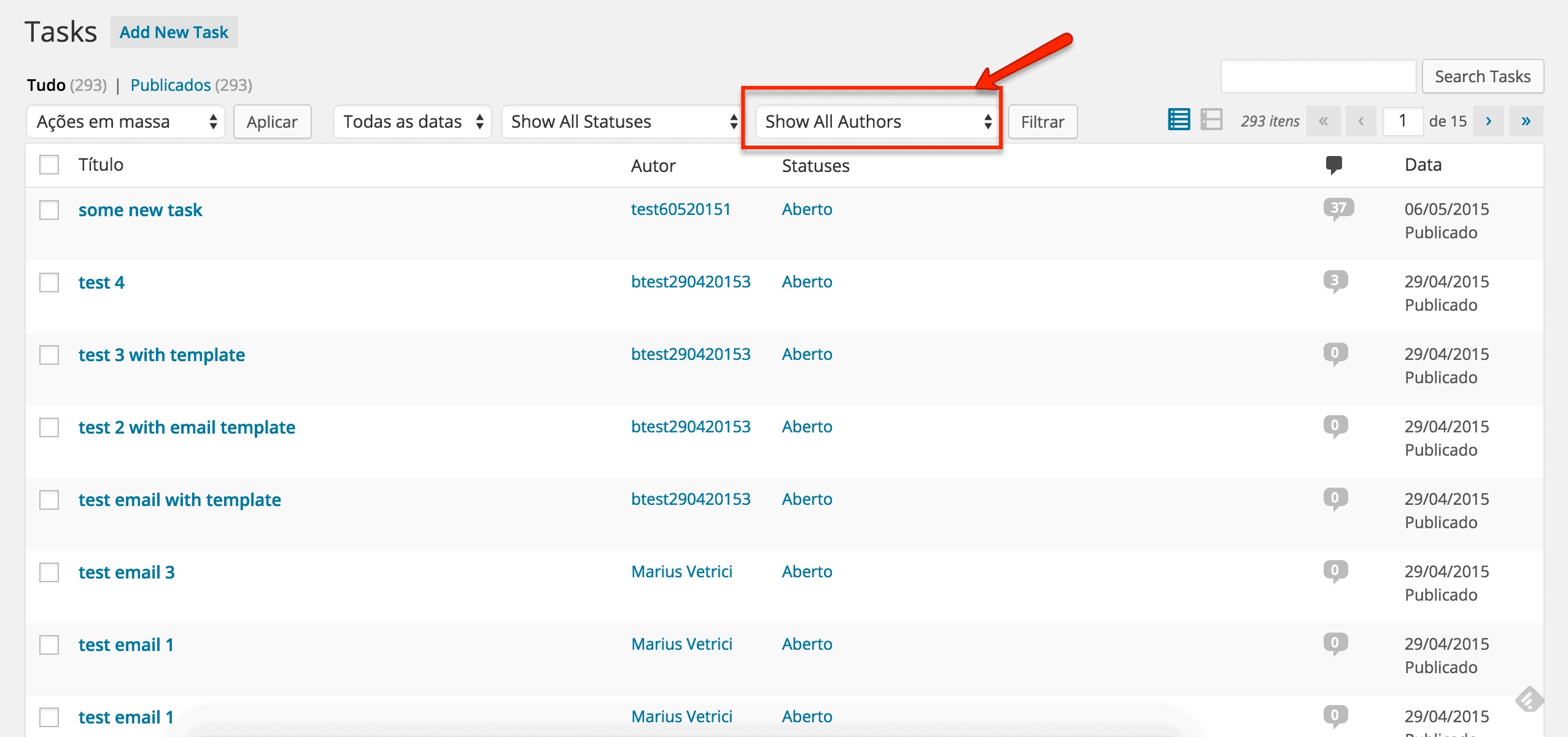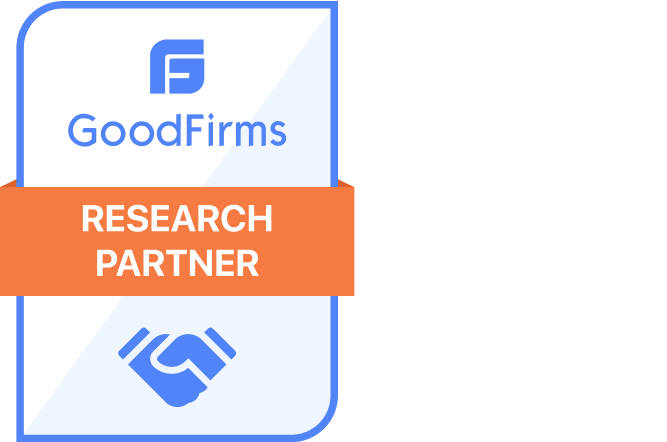Your marketing budget wins the click; your product page earns the add to cart. But checkout is where revenue is either captured or lost. Recent research puts the global cart‑abandonment rate at ~70 %. Much of that loss happens in the final 60 seconds before payment—the moment controlled by your WooCommerce custom checkout.
Why Optimising a WooCommerce Custom Checkout Pays Off
- Form fatigue costs sales. The typical checkout requests 11.3 fields, and 18 % of shoppers abandon when complexity feels high.
- Mobile now drives roughly 60 % of online revenue. A layout that forces pinch‑and‑zoom bleeds conversions.
- Speed matters; 57 % of visitors bail if a page stalls for three seconds.
- A smoother checkout experience can lift conversion by up to 35 %.
Small checkout fixes compound into significant revenue gains.

Common Friction Points in a WooCommerce Custom Checkout
Even high‑traffic stores lose sales when shoppers encounter the issues below. And a streamlined WooCommerce custom checkout neutralises each one.
Excessive Form Fields on WooCommerce Custom Checkout
Every extra field demands time and attention. The moment checkout feels like paperwork, customers abandon. Keep only what you need for fulfilment—name, email, address, and payment details—then rely on browser autofill and postcode look‑ups to shorten typing. Progressive disclosure (revealing optional fields only when relevant) helps you stay under the recommended eight‑field benchmark without sacrificing data quality.
Missing or Outdated Trust Signals
Shoppers arrive primed to scrutinise security in the final step; therefore, even a broken padlock icon, an outdated badge, or a colour scheme that differs from the rest of the site instantly raises suspicion. Conversely, modern badges—SSL, PCI compliance, and up‑to‑date payment icons—combined with consistent branding and a concise privacy statement consequently reassure buyers that their data and money are safe.
Slow or Unreliable Payment Scripts
Milliseconds matter. If a payment iframe hesitates or a spinner lingers beyond three seconds, drop‑off soars. Use asynchronous scripts, load payment gateways last, and monitor server response times. Offering alternative methods—digital wallets or local gateways—gives customers a fallback if their preferred option times out.
Poor Mobile Experience for WooCommerce Custom Checkout
Mobile checkout must work one‑handed. Tiny tap targets, non‑numeric keyboards for card input, and forced pinch‑and‑zoom cause frustration. Responsive layouts, 16 pt or larger input fields, and automatic focus on the next field keep thumbs moving. Integrating Apple Pay and Google Pay lets mobile shoppers finish in two taps, eliminating manual entry altogether.

How WPRiders Rebuilds a WooCommerce Custom Checkout
WPRiders follows a six‑phase framework that transforms a default WooCommerce flow into a conversion‑driven, future‑proof experience.
1. Discovery & Benchmark Audit
- Analyse checkout analytics, heat maps, and session recordings to uncover specific drop‑off points.
- Compare your current metrics against Baymard guidelines and competitors to set a clear improvement baseline.
2. UX Wireframes & Microcopy
- Produce low‑fidelity wireframes that minimise cognitive load and map every click to a single goal: completing the purchase.
- Craft inline microcopy that answers common objections (shipping, returns, data privacy) right where questions arise—without sending users to another page.
3. High‑Performance Engineering
- Code‑split JavaScript, defer non‑critical CSS, and precache assets so the WooCommerce custom checkout renders under one second on 4G.
- Integrate resilient APIs for shipping, tax, and payment gateways, ensuring graceful fallbacks if third‑party services timeout.
4. Payment Integration & Security Hardening
- Implement 3‑D Secure 2, PCI‑compliant tokenisation, and TLS 1.3 to protect card data.
- Offer multiple local and global payment methods—credit cards, Apple Pay, Google Pay, Klarna—so shoppers always see a familiar option.
5. QA, Accessibility & Device Testing
- Run automated and manual tests across major browsers and 30+ device/OS combinations.
- Validate against WCAG 2.2 AA guidelines so keyboard‑only and screen‑reader users can complete the checkout without barriers.
6. Continuous Optimisation
- Use quarterly UX tune‑ups to keep pace with browser updates, new payment tech, and evolving customer expectations.
- Launch with analytics hooks for field‑level tracking, then run rolling A/B tests on button copy, field order, and progress cues.
Results You Can Expect with WooCommerce Custom Checkout
| KPI | Typical Lift* |
|---|---|
| Checkout abandonment | ↓ 30–35 % |
| Average order value | ↑ 10–15 % |
| ROI timeline | 3–4 months |
*Based on aggregated client projects benchmarked against the Baymard 35 % potential conversion gain.
A lower abandonment rate compounds across every marketing channel, turning existing traffic into incremental revenue without extra ad spend.
Implementation Considerations
- Plugin compatibility. Development begins on a staging site, followed by full regression testing to safeguard existing functionality.
- Custom vs. off‑the‑shelf. Generic one‑click tools overlook your unique product mix. A bespoke WooCommerce custom checkout aligns design, performance, and brand for higher long‑term returns.
- Team involvement. Expect two or three scoping calls and a final sign‑off. WPRiders manages the heavy lifting, code deployment, and post‑launch monitoring.

Next Steps
- Book a 30‑minute Checkout Audit. We’ll identify your three largest leaks—free of charge.
- Receive a roadmap. Get actionable recommendations you can implement immediately.
- Launch your optimised WooCommerce custom checkout in 4–6 weeks, then monitor conversion‑rate lift with our analytics dashboard.
Conclusion
An under‑performing checkout quietly taxes every marketing dollar. Streamlining your WooCommerce custom checkout removes needless friction, restores lost revenue, and gives customers a checkout flow that feels effortless. Ready to plug that revenue leak? Book your free audit today and see exactly where conversions are slipping away.
WPRiders is the go-to custom WordPress plugin development company for businesses that need quality code and fast delivery. Our WordPress support services, WordPress development service, and clear website maintenance agreement options ensure your site runs smoothly—without surprises.
Want expert help without the guesswork? Let’s talk. 🤝









